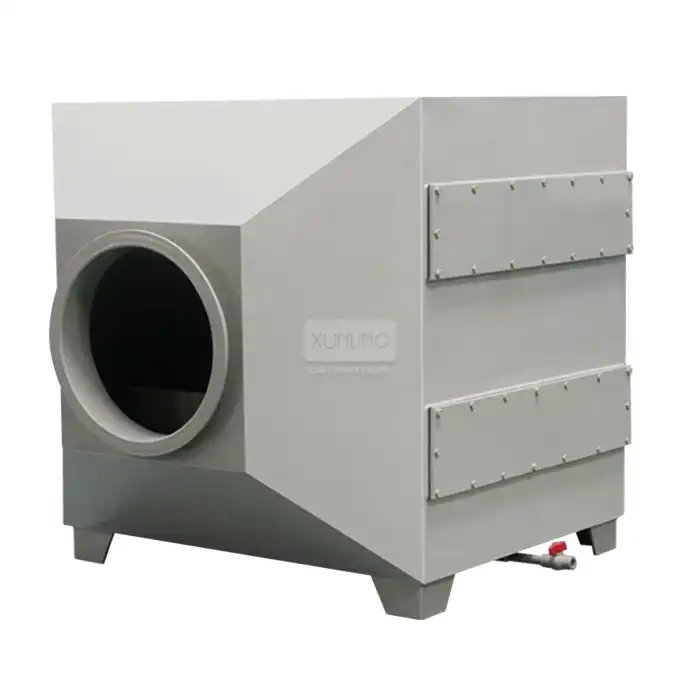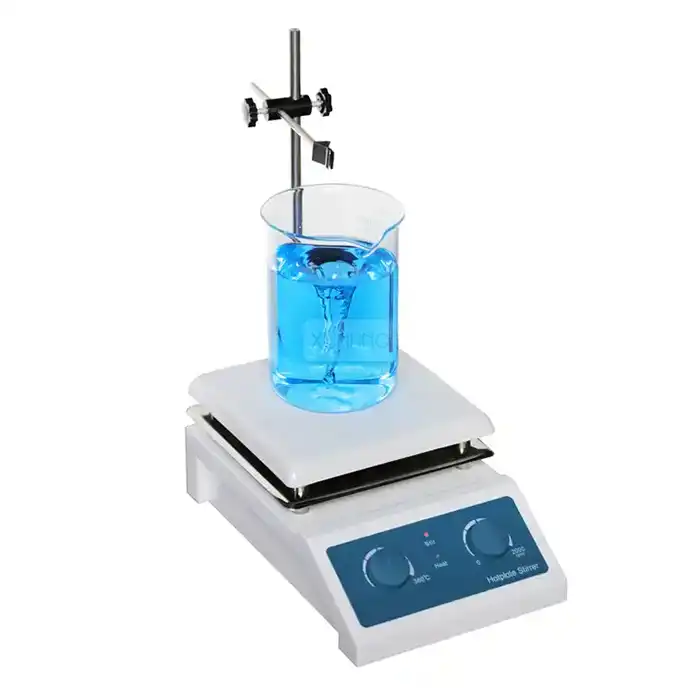
How do I install lab tables with hanging cabinets?
2025-03-17 15:10:40
Installing Laboratory Tables with hanging cabinets requires careful planning and precise execution to ensure safety, functionality, and longevity. This comprehensive guide will walk you through the essential steps, considerations, and best practices for installing these specialized laboratory furnishings. Whether you're setting up a new laboratory or renovating an existing space, proper installation of Lab Tables With Hanging Cabinets is crucial for creating an efficient and safe working environment.
Professional Installation Guidelines
Pre-Installation Assessment
Installing lab tables with hanging cabinets begins with a thorough evaluation of your laboratory space. The initial assessment must consider structural integrity, wall composition, and load-bearing capacity. Lab tables with hanging cabinets are suitable for professional use in laboratories, workshops, and offices. They feature wall-mounted cabinets for overhead storage, keeping the work surface clean and organized. When conducting the pre-installation assessment, careful attention must be paid to utility connections, including electrical outlets, gas lines, and water supply points. The assessment should also account for workspace ergonomics, ensuring proper heights for both the work surface and overhead cabinets. Additionally, consideration must be given to emergency access routes, safety equipment locations, and compliance with local building codes and laboratory safety standards. A comprehensive site survey should document existing conditions, identify potential obstacles, and determine the optimal placement of support structures.
Material Selection and Preparation
The selection of appropriate materials is crucial for ensuring the longevity and functionality of lab tables with hanging cabinets. High-quality materials should be chosen based on their durability, chemical resistance, and load-bearing capacity. Lab tables with hanging cabinets require specific mounting hardware rated for the intended load, including heavy-duty wall anchors, support brackets, and reinforcement plates. The preparation phase involves gathering all necessary tools and equipment, including level indicators, measuring devices, power tools, and safety equipment. Special attention should be paid to the selection of appropriate fasteners based on wall composition and expected load requirements. The preparation process should also include the verification of all components and hardware against installation specifications, ensuring that all necessary parts are available before beginning the installation process.
Installation Process Implementation
The actual installation process requires meticulous attention to detail and precise execution. Begin by marking wall locations for mounting brackets, ensuring perfect level alignment using laser levels or other precise measuring tools. Lab tables with hanging cabinets must be installed following a systematic approach that starts with securing the wall-mounting system. The process includes installing support brackets at predetermined intervals, checking for level and plumb conditions throughout the installation, and ensuring proper alignment of all components. Special consideration must be given to the integration of utility services, including the installation of service panels, electrical connections, and plumbing fixtures where required. The installation team should follow manufacturer specifications for torque requirements on fasteners and maintain detailed documentation of the installation process.
Safety and Structural Considerations
Load-Bearing Requirements
Understanding and implementing proper load-bearing requirements is essential for the safe installation of lab tables with hanging cabinets. Lab tables with hanging cabinets are designed for professional laboratory environments where space optimization and accessibility are paramount. The load-bearing capacity must account for both static and dynamic loads, including the weight of stored materials, equipment, and potential impact forces. A comprehensive structural analysis should be performed to determine the appropriate mounting locations and support requirements. This includes calculating point loads and distributed loads across the installation area, ensuring that wall anchoring systems are properly rated for the intended use. Additionally, consideration must be given to seismic requirements in applicable regions, with appropriate bracing and reinforcement implemented as needed.
Safety Features Integration
The integration of safety features is a critical aspect of installing lab tables with hanging cabinets. Modern laboratory environments require comprehensive safety systems that protect both personnel and equipment. Lab tables with hanging cabinets must incorporate various safety features, including secure locking mechanisms, anti-tip devices, and emergency release systems. The installation should include proper labeling of load limits, safety warnings, and operating instructions. Additional safety considerations include the integration of fire suppression systems, emergency power shutoffs, and proper ventilation systems where required. The installation team must ensure that all safety features are properly tested and documented before the system is commissioned for use.
Maintenance Access Planning
Proper planning for maintenance access ensures the long-term serviceability of lab tables with hanging cabinets. The installation design must incorporate adequate access points for routine maintenance, repairs, and future modifications. Lab tables with hanging cabinets should be installed with consideration for service panels, access doors, and removable components that facilitate maintenance operations. The maintenance planning should include documentation of all utility connections, support structures, and critical components that require regular inspection or service. Additionally, the installation should incorporate proper clearances for maintenance personnel and equipment, ensuring safe and efficient access to all system components.
Optimization and Efficiency Features Workspace Organization Systems
Effective workspace organization is essential for maximizing the utility of lab tables with hanging cabinets. Modern laboratory environments demand efficient storage solutions and organized workspaces. Lab tables with hanging cabinets provide versatile storage options while maintaining clear work surfaces. The installation should incorporate modular organization systems, adjustable shelving, and customizable storage compartments. Consideration should be given to workflow optimization, including the placement of frequently used items within easy reach and the organization of storage space based on usage patterns. The organization system should also include proper labeling and inventory management features to maintain an efficient laboratory environment.
Utility Integration Solutions
The integration of laboratory utilities requires careful planning and precise implementation. Lab tables with hanging cabinets must accommodate various utility services while maintaining a clean and organized workspace. The installation should include proper routing of electrical services, data connections, gas lines, and water supply systems. Special attention must be given to the integration of service panels, junction boxes, and connection points that facilitate future modifications or upgrades. The utility integration should also consider proper segregation of services, including separation of wet and dry utilities, and implementation of appropriate safety shutoffs and control systems.
Environmental Control Features
Environmental control features are crucial for maintaining proper laboratory conditions. Lab tables with hanging cabinets must be installed with consideration for temperature control, humidity management, and air quality requirements. The installation should incorporate appropriate ventilation systems, including local exhaust ventilation where required. Consideration must be given to the integration of monitoring systems that track environmental conditions and alert personnel to any deviations from acceptable parameters. The environmental control features should also include proper sealing and isolation of storage compartments where necessary to maintain specific environmental conditions for sensitive materials or equipment.
Conclusion
The successful installation of lab tables with hanging cabinets requires careful attention to professional guidelines, safety considerations, and optimization features. By following these comprehensive installation procedures and considering all aspects of safety and efficiency, laboratories can create functional and safe working environments that meet their specific needs and requirements.
Ready to enhance your laboratory with professional-grade lab tables and hanging cabinets? Xi'an Xunling Electronic Technology Co., Ltd. offers comprehensive solutions with 5-day delivery, 5-year warranty, custom-made options, and one-stop service. Our OEM support, fast delivery, and secure packaging ensure your complete satisfaction. Contact Us today at xalabfurniture@163.com to discuss your laboratory furniture needs.
References
1. Anderson, R.M., & Smith, J.K. (2023). Laboratory Furniture Installation Guidelines: A Comprehensive Approach. Journal of Laboratory Design, 15(2), 78-92.
2. Thompson, E.L. (2024). Modern Laboratory Infrastructure: Installation and Safety Protocols. Laboratory Safety Quarterly, 28(1), 45-61.
3. Williams, P.D., & Brown, M.A. (2023). Optimizing Laboratory Workspace: A Guide to Hanging Cabinet Systems. International Journal of Laboratory Planning, 19(4), 112-128.
4. Johnson, H.R., et al. (2024). Safety Considerations in Laboratory Furniture Installation. Laboratory Safety Review, 32(2), 89-104.
5. Martinez, C.A., & Lee, S.H. (2023). Structural Requirements for Laboratory Furniture Systems. Engineering Standards Quarterly, 41(3), 156-172.
6. Roberts, D.W., & Wilson, K.M. (2024). Environmental Control in Modern Laboratory Design. Laboratory Environment Journal, 25(1), 34-49.
YOU MAY LIKE


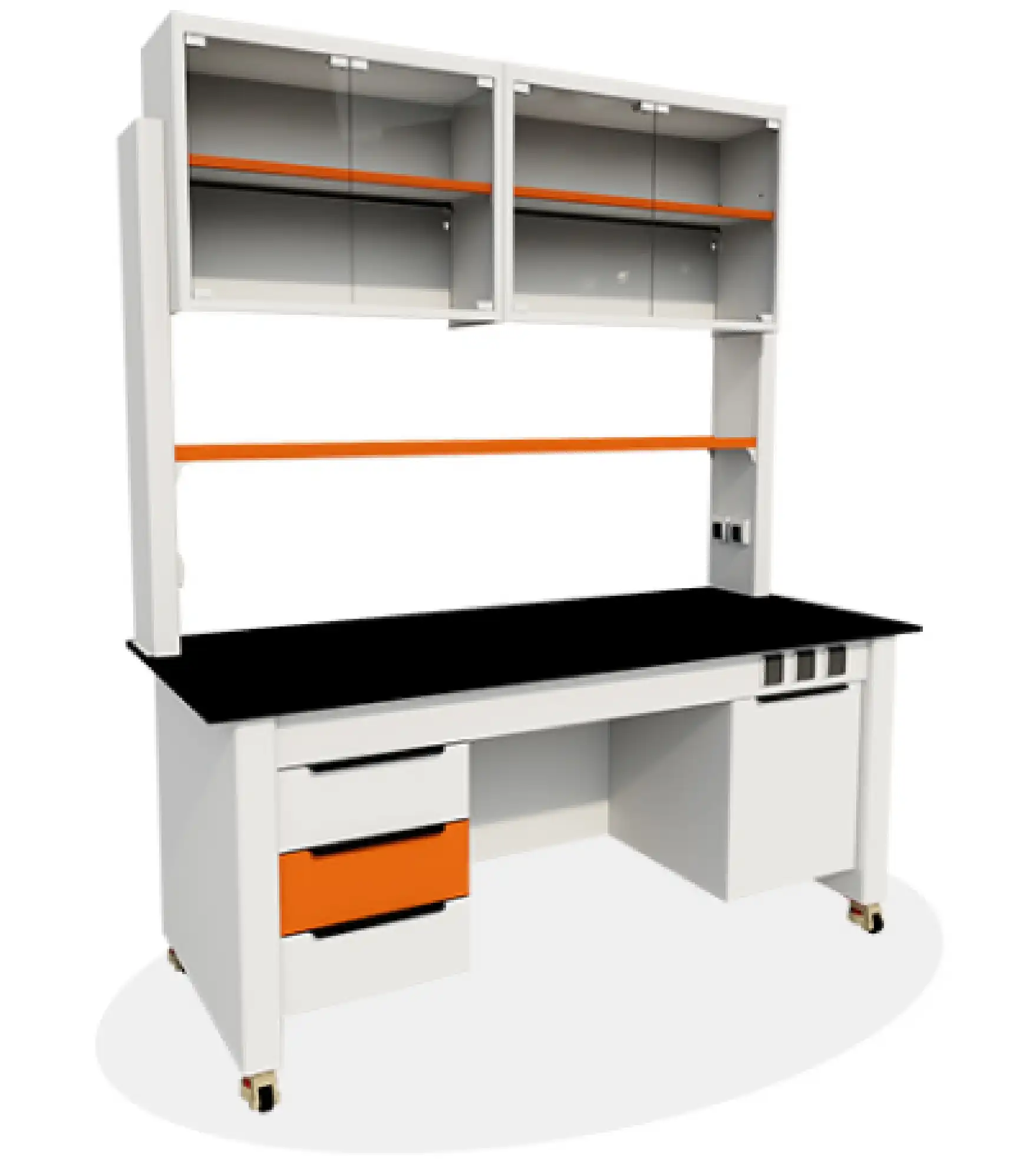
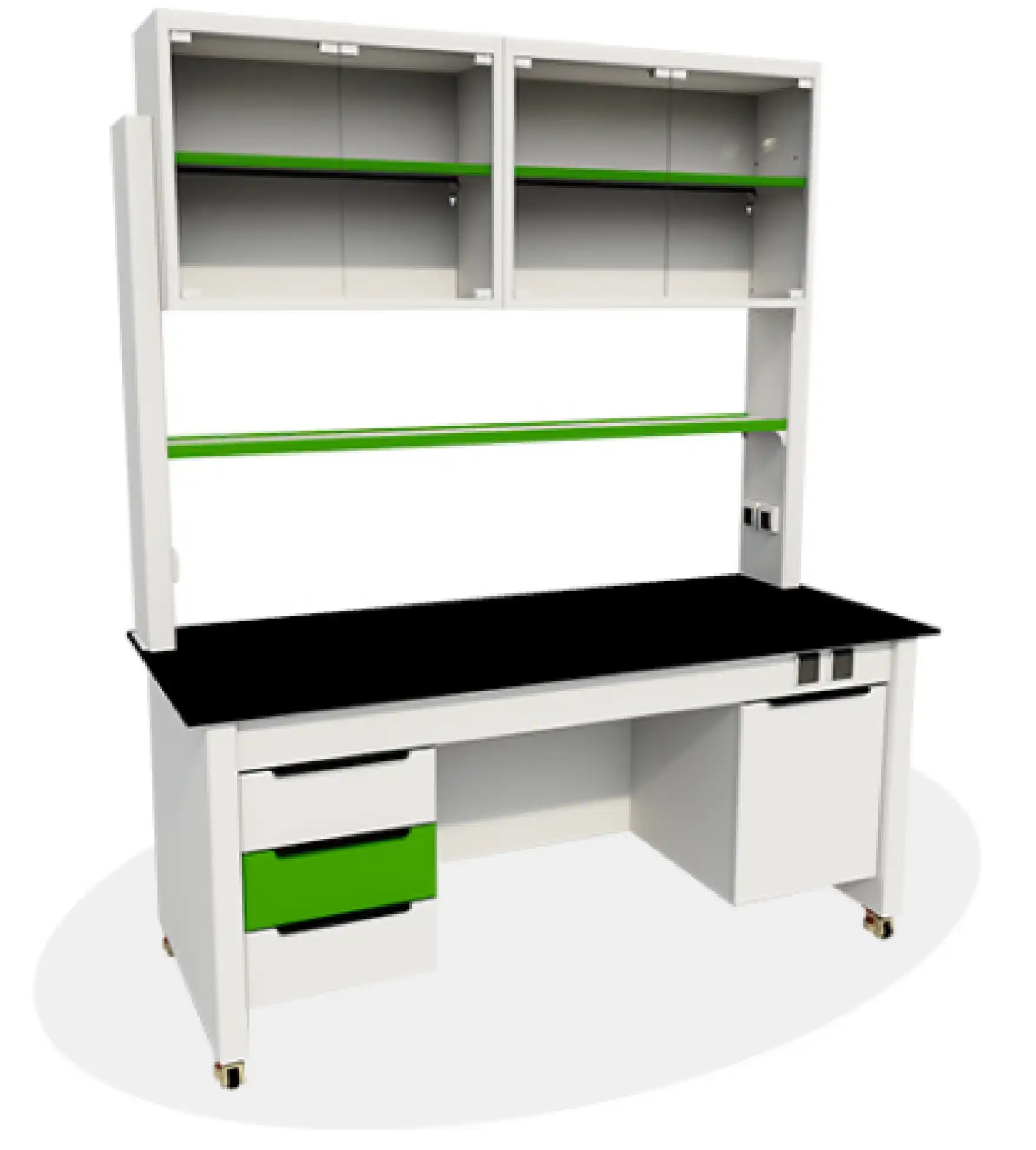





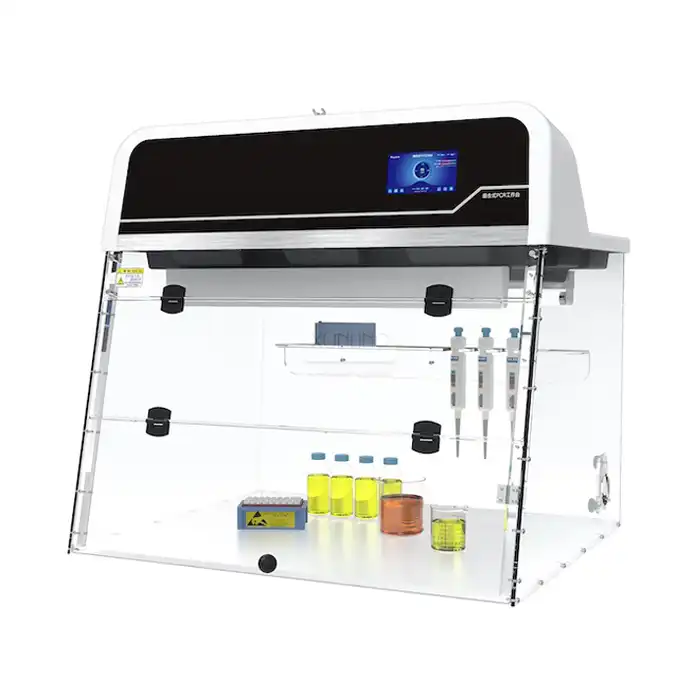
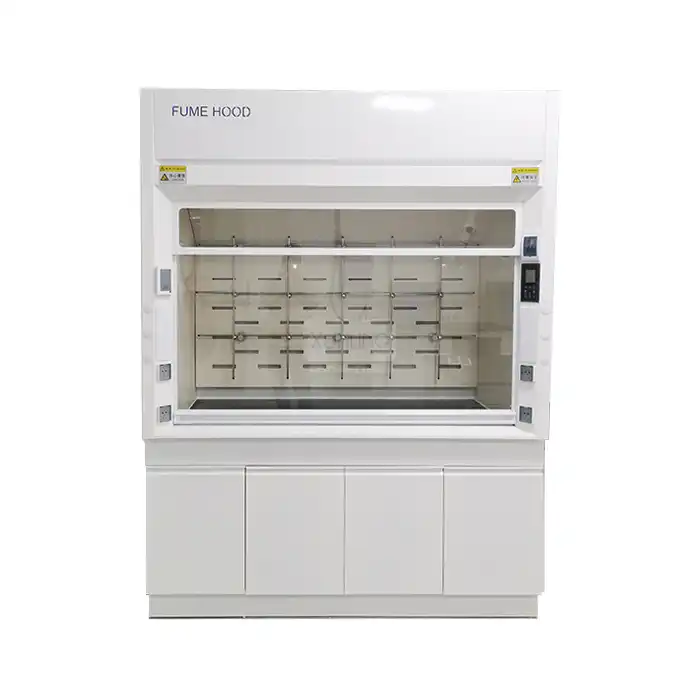

_1735393517659.webp)

